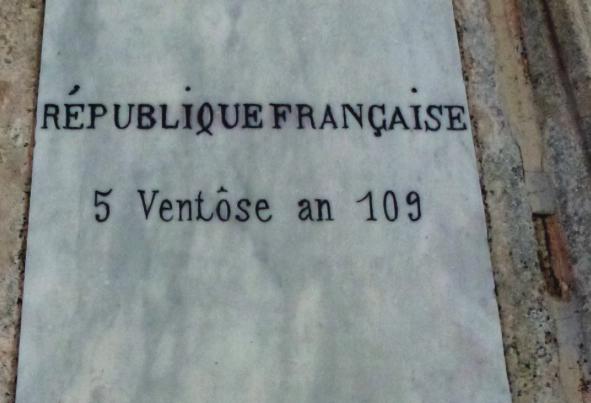The calendar is broken. Thirty days hath September, April, June, and November. All the rest have 31. Except for February. That’s insane. We can do better.
The Republican Calendar adopted during the French Revolution, and then abandoned, points the way. It starts by tackling the most ridiculous aspect of the current calendar—months are not divisible into weeks. In the new system, there will be 12 months. Each month consists of three weeks. Each week consists of 10 days. At the end of the year there’s a five-day Christmas/New Year’s holiday. On leap years the five-day holiday will be extended to six days.
Best of all, instead of a week consisting of five workdays and two weekend days it will consist of seven workdays and three weekend days. Having 30 percent of the week be weekend time rather than the current 28.5 percent of the week has two major advantages. One is that you can maintain a constant number of hours of work per week by slightly extending the workday, which would still result in less commuting and therefore less pollution and less wasted time. The other is that it will smooth the transition to an era of higher productivity and less working. Many firms will probably find that there actually isn’t that much need to try to get people to extend their work hours. That simply making the shift from having everyone work five days out of seven to having everyone work seven days out of ten is good enough.
Three cheers for leisure. Plus the five-day year-end holiday sounds fun.
We just probably don’t want to adopt the goofy French month names. January, February, March, April, May, etc. will still work under the new system. We’ll just need to bear some one-off transition costs in terms of realigning everyone’s birthdays and anniversaries.
